My journey to understand successful community engagement within marine policy in Scotland
Olivia Elinchev has recently completed her master’s dissertation which was supervised by Jessica Jones, our Living Seas Manager. In this guest blog, Olivia shares her inspiration as well as some of the highlights of her research.
A master’s dissertation can feel daunting, especially when you’re overflowing with ideas but unsure where to focus them. I knew I wanted to explore policy, specifically within the context of Scotland’s marine ecosystem. Growing up in the Midwest of the United States, I have always felt a deep passion for the ocean, marine mammals, and coastal systems—despite having limited exposure to the sea itself. Additionally, policy has always been an interest for me, as I have seen first-hand, sometimes you need to be in the system to change it- no matter how difficult it may be.
My earliest coastal memories are not of oceans but of the Great Lakes, specifically Lake Michigan. Those sandy beaches were my happy place. The moment our car pulled up and I saw the dunes, my mood would lift. Living near the Great Lakes instilled in me an understanding of the importance of aquatic ecosystems. Whether for fishing, tourism, or the broader ecological health of the region, those coastal systems were essential, and I learned from an early age how they supported both human communities and natural systems. Each summer my family and I head to Door County in Wisconsin, where the many small coastal towns celebrate their connection to the water and do what they can to protect the beautiful coastline.
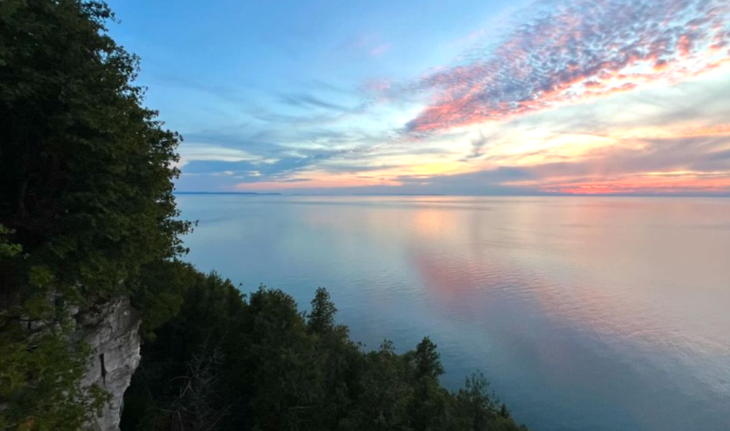
When I moved to Scotland for my master’s degree in environmental management at the University of Edinburgh, I was struck by the strong connection people here have to the coast and the sea. Physical access to the ocean is much easier in Scotland than in the landlocked areas where I grew up, and the engagement with marine issues was apparent. From local conservation efforts to national marine policies, Scotland seemed to place a high priority on its coastal environments. I noticed this not only in academic discussions but also in the actions of community groups and marine organisations. Even the Scottish government’s initiatives felt more advanced than what I had encountered back home. However, when I spoke with local experts and marine advocates, they emphasised that despite the progress, there is still much work to be done. Every place, no matter how far along, has room for improvement.
It was in this context that I came across this project in early spring this year, which focused on understanding what successful community engagement looks like within Scotland’s marine policy framework. Having worked in community engagement before, I already believed in its vital role in driving the success of environmental initiatives. To me, community engagement is the heartbeat of any project aiming for long-term impact.
As I planned my research, I realised that the best way to assess successful community engagement was to speak directly with coastal residents, industry experts, and those actively involved in policy work. In other words, to speak with as many people I possibly could given the time constraint and packed schedules of those involved in the system. I began my journey by traveling to Aberdeen, a key hub for the fishing, oil, and gas industries. There, I connected with organisations such as Greyhope Bay, the National Subsea Centre, and other large marine-focused groups. These conversations were invaluable in identifying both the successes and challenges within community engagement practices.
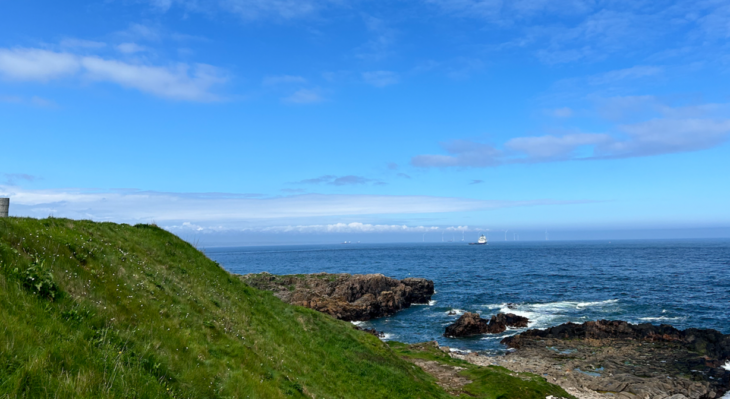
In addition to my scheduled meetings, I conducted spontaneous interviews along the coast, engaging with residents about their roles within the coastal system, their views on marine policy, and offering them the option to participate in my survey. At first, approaching people was a bit intimidating, but being upfront about my intentions—highlighting that I wanted to hear and incorporate their perspectives into my research—made it easier to gather valuable feedback.
I also had the opportunity to join a sea watch at Girdle Ness Lighthouse with a member of the East Grampian Coastal Partnership. Although I managed to spot a couple bottlenose dolphins, the changing climate and time of day made it harder to see other marine mammals and birds that are typically abundant in this area. This experience gave me a deeper appreciation for the thriving coastal ecosystems in Scotland and made me realise how little is known globally about the rich marine life here, especially the presence of dolphins along the coast.
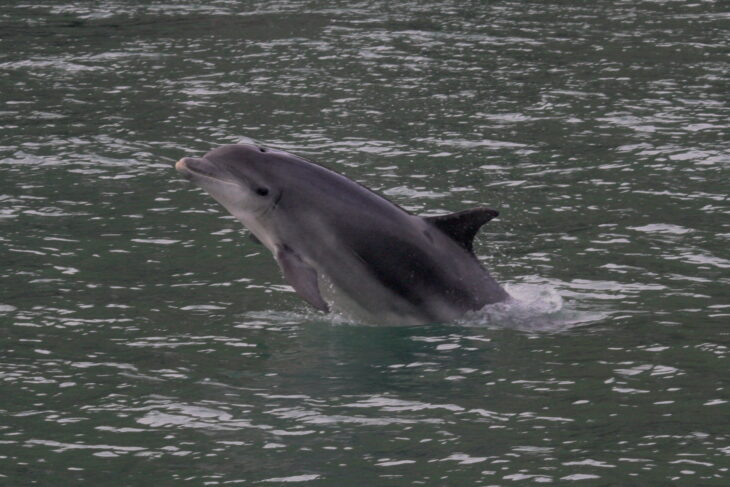
Next, I traveled to Stirling to attend the 2024 Sea Scotland Conference. The conference brings together a wide range of marine groups, local authorities, and conservation organisations, as well as prominent figures involved in Scotland’s marine policy. As a master’s student, I initially felt out of my depth, but attending the youth portion of the event helped me ease into it. Here, young delegates met to discuss various marine issues, providing me with a great opportunity to network and find my footing within the system.
We began by listening to guest speakers discuss their work within marine policy and emphasized the importance of hearing youth perspectives on coastal issues. Personally, having worked with youth in environmental education, I’ve always found that I learn far more from them than through my own research and studies. Without the influence of other voices or political agendas, young people often provide fresh, unfiltered insights, focusing purely on the health of the coast. Their perspectives can be incredibly inspiring, offering a reminder of what truly matters.
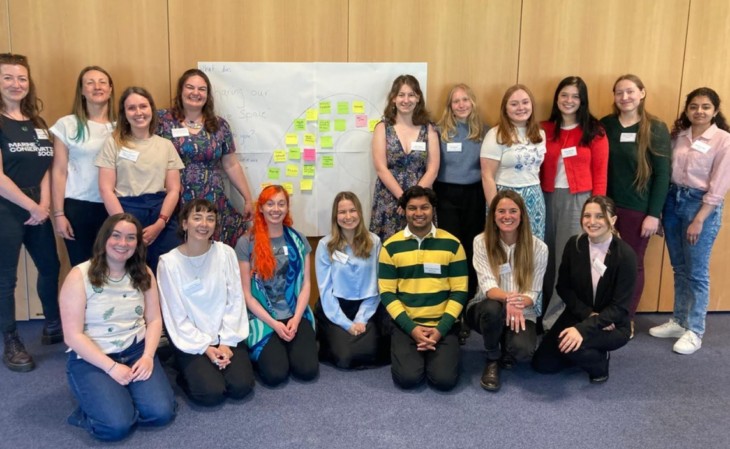
The rest of the conference offered invaluable insights into ongoing discussions about the National Marine Plan 2, the blue economy, and other pressing marine issues. Hearing different viewpoints gave me a clearer understanding of what’s happening within the marine policy framework. I also connected with several people who were enthusiastic about contributing to my research through interviews, which was an encouraging response.
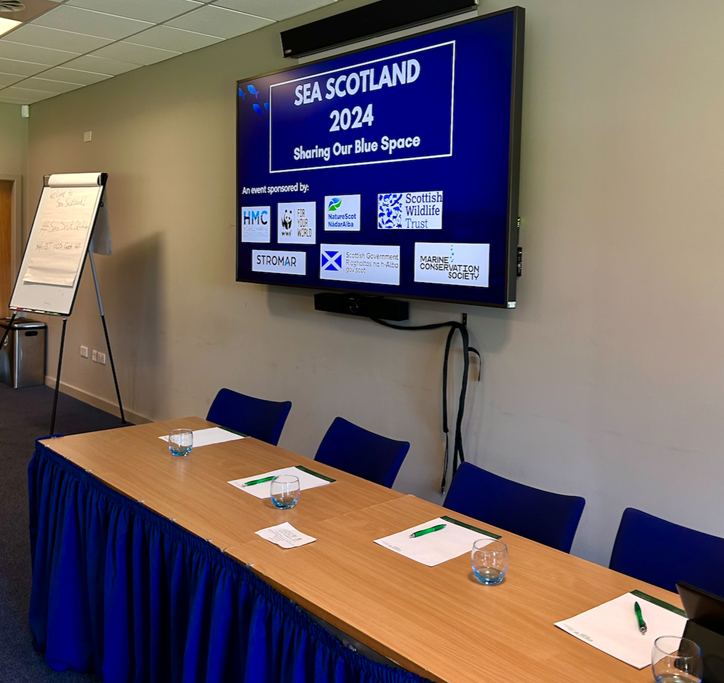
After conducting 10 interviews and analysing 25 survey responses, my findings confirmed that successful community engagement is crucial to optimising Scotland’s marine policy system. The marine ecosystem here is essential—it supports the coastal population, sustains economic activities, and plays a vital role in environmental sustainability. My project aimed to identify what drives effective community engagement within this policy context, delving into the barriers and motivators experienced by both professionals and coastal communities.
The research revealed four key drivers for successful community engagement:
- Collaborative leadership between governmental authorities and communities.
- Increased participant value through incentives and stronger connections.
- Consistent communication, with findings being shared and discussed regularly.
- Integration of local and traditional knowledge into decision-making processes to ensure that community voices are respected and safeguarded through sustainable practices.
I am incredibly grateful to my supervisors, Dr. Jessica Jones, Dr. Seb O’Connor, and Dr. Hannah Grist, for their support throughout this project. I now feel more strongly than ever that the ocean must be a central focus of our discussions about sustainability. I am grateful to be a part of the marine policy system in Scotland, and I hope to continue to learn from those around me to create a better future for Scotland’s coasts. Every voice in the system matters, and meaningful, collective action is the only path toward successful and lasting change. Without a healthy ocean, a healthy planet cannot exist.
Help protect Scotland’s wildlife
Our work to save Scotland’s wildlife is made possible thanks to the generosity of our members and supporters.
Join today from just £3 a month to help protect the species you love.
Preface
Olivia Elinchev has recently completed her master’s dissertation which was supervised by Jessica Jones, our Living Seas Manager. In this guest blog, Olivia shares her inspiration as well as some …
